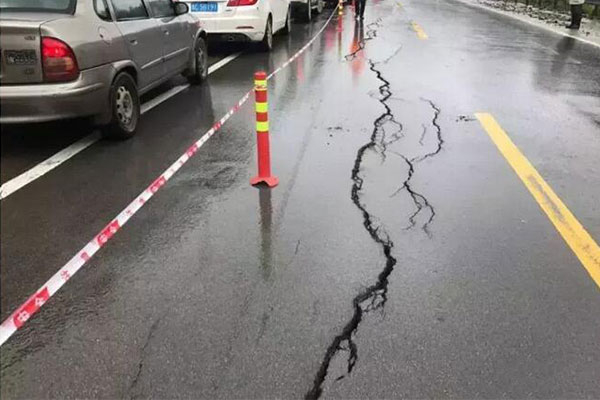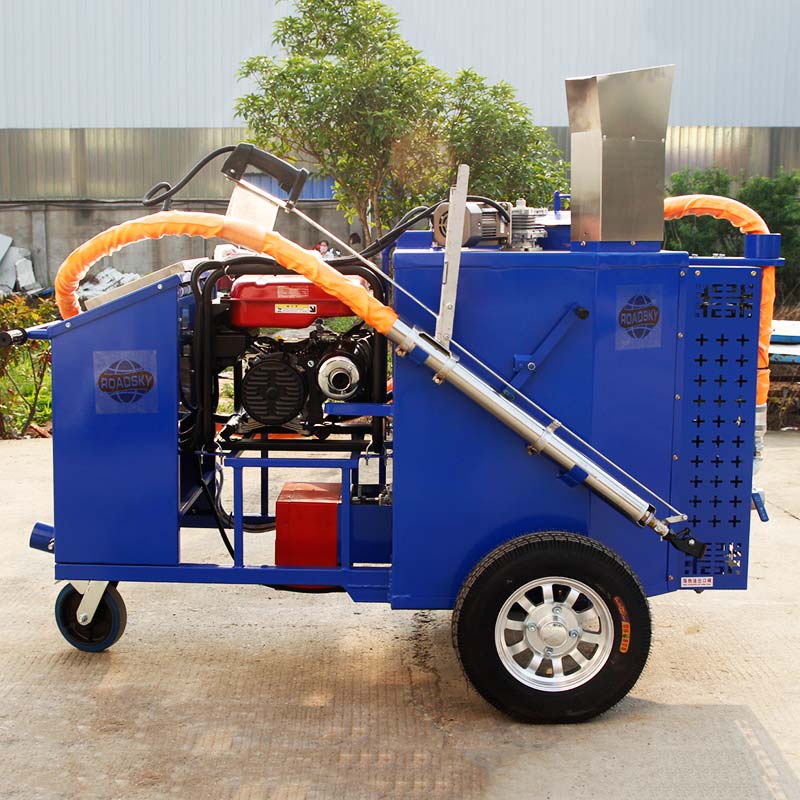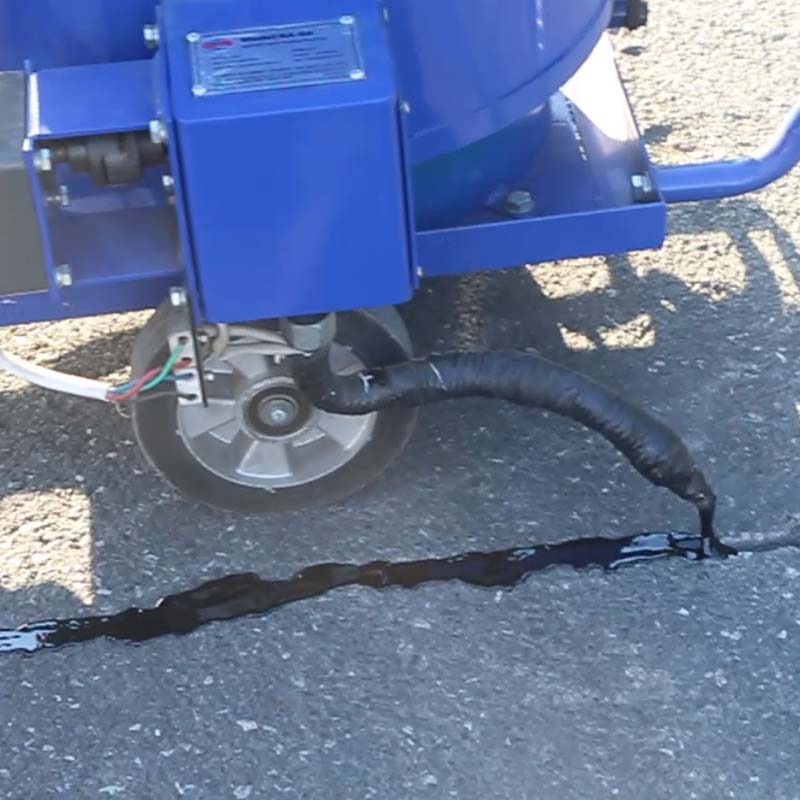How to Choose the Right Material for Filling Cracks in Roads?
Maintaining a road network is a challenging task for any government or authority. It requires regular inspections and timely repairs to prevent any accidents, damages, and inconveniences to the public. One of the most common road defects that need immediate attention is cracks. Road cracks can occur due to various reasons such as weathering, traffic, subsidence, and other external factors. Therefore, it’s crucial to fill these cracks as soon as possible to avoid any further deterioration of the road.

The importance of filling cracks in roads:
Cracks on the road surface can lead to many problems. They can become larger over time, allowing water to seep through, which can then lead to erosion, potholes, and further damage. Furthermore, water that gets into the cracks can freeze in the winter, expanding the crack, and causing more significant problems. Cracks in the road can also be dangerous for drivers, particularly motorcyclists, who can lose control of their vehicle if they hit a large crack at high speeds.
What is used to fill cracks in roads?
There are different materials used to fill cracks in roads, depending on the severity of the crack and the weather conditions in the area. Here are some of the most common materials used to fill cracks in roads:
1. Asphalt emulsion:
Asphalt emulsion is a mixture of asphalt and water. It is a popular material used to fill small cracks in roads. The asphalt emulsion is applied to the crack using a spray nozzle or a squeegee. Once the emulsion is applied, it dries quickly and creates a flexible, waterproof seal over the crack. The seal helps prevent water from seeping into the crack and causing further damage.
2. Crack sealant:
Crack sealant is a rubberized material that is used to fill cracks in roads. The sealant is applied to the crack using a pressure nozzle, and it quickly hardens to create a waterproof seal over the crack. Crack sealant is ideal for filling medium to large cracks in roads. It is flexible and can move with the pavement, which helps prevent the crack from opening up again.
3. Epoxy:
Epoxy is a two-part material that is used to fill large cracks in roads. It is a durable material that can withstand heavy traffic and harsh weather conditions. Epoxy is applied to the crack using a trowel, and it hardens quickly to create a strong, waterproof seal over the crack. The material is particularly useful for filling cracks in concrete roads.
4. Hot mix asphalt:
Hot mix asphalt is a mixture of asphalt and aggregate that is heated to a high temperature before it is applied to the crack. The mixture is poured into the crack and leveled using a rake or a broom. Once the mixture cools, it hardens to create a durable, long-lasting seal over the crack. Hot mix asphalt is commonly used to fill large cracks in roads.
5. Concrete:
Concrete is another material used to fill cracks in roads. It is particularly useful for filling large cracks in concrete roads. The material is poured into the crack and smoothed using a trowel. Once the concrete hardens, it creates a strong, durable seal over the crack. Concrete is a long-lasting material that can withstand heavy traffic and harsh weather conditions.
RoadskyMaintenance’s Road Crack Solution
If your asphalt road has cracks, RoadskyMaintenance’s Asphalt Crack Filling Machine and Crack Sealant can help you fix the problem quickly, or you can contact us directly for a solution.
Conclusion:
Filling cracks in roads is an essential part of road maintenance. It helps prevent further damage to the road, reduces the risk of accidents, and ensures the safety of road users. The choice of material used to fill cracks in roads depends on various factors such as the severity of the crack, weather conditions, and the type of road surface.



